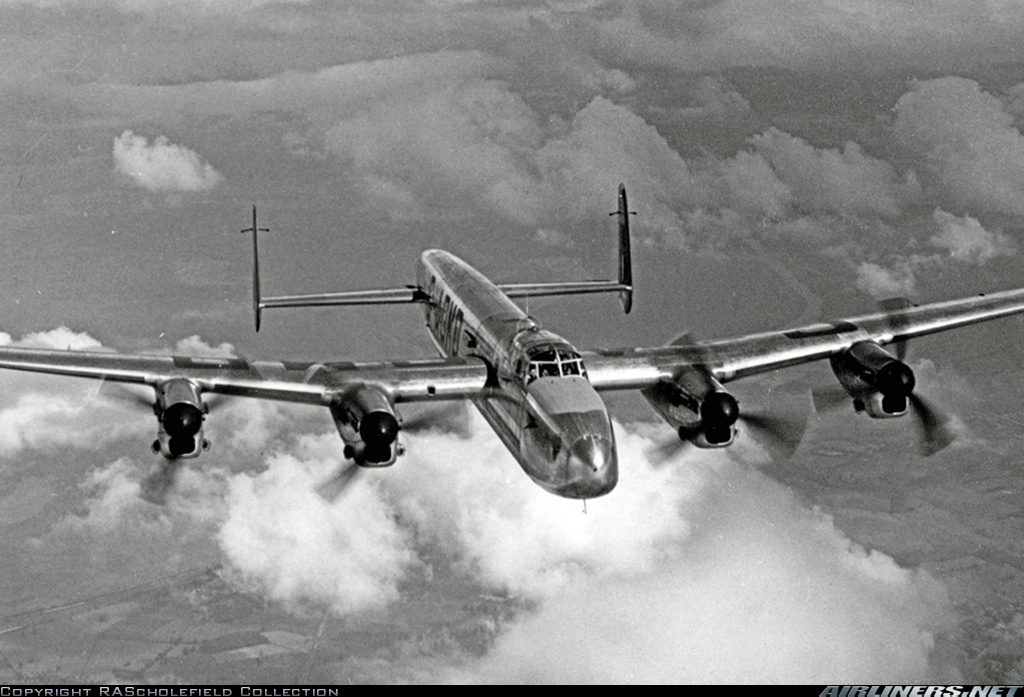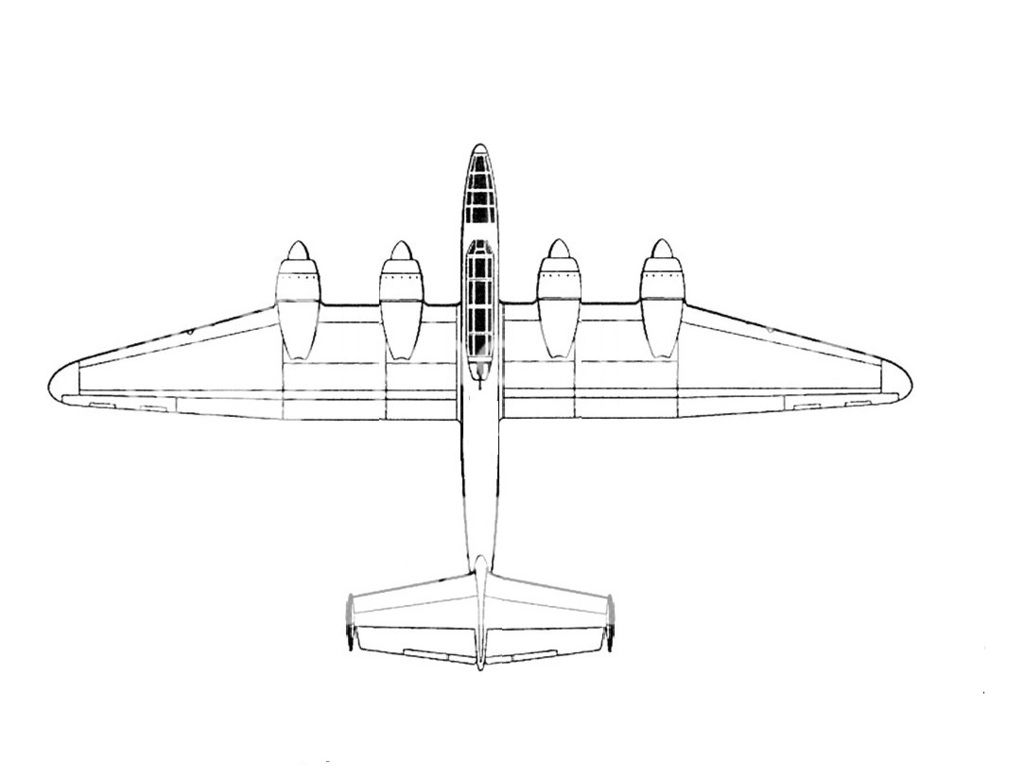Admiral Beez
Banned
With a top speed significantly after than the Lancaster (310 mph vs. 280'ish) and needing (and risking) fewer crew, would the RAF be alright with using unarmed heavy bombers like the Lancastrian for their night attacks?



Why do you want a four-engined Mosquito. (After all, that's what your idea of using the fast transport/long range courier Lancastrian as a bomber) two standard two-engined mosquitos could do the same thing.

Two two-engined Mosquitoes need two navigators, two pilots, and two bomb-aimers.Why do you want a four-engined Mosquito. (After all, that's what your idea of using the fast transport/long range courier Lancastrian as a bomber) two standard two-engined mosquitos could do the same thing.
How about jet engines for dashing through high intercept zones, then use the two Merlins (or upgrade to four blade Griffons) for cruise (and safety in those early jet days).The streamlining adds maybe 15 mph (a long shot indeed)?

Agree 100%.
On paper, the Mosquito was slower a bit than Luftwaffe's best, yet neither Fw 190 nor Bf 109 were killing many Mossies. The similar situation was with DB-7 vs . Bf 109E (the Bf 110 is hopeless), Sb-2 vs. Fiats in Spanish CW, early B-26 vs. Zero.
The changes that bought extra speed (15 mph? going on a limb here; the book I've read says 10% improvement) Halifaxes were numerous, including deletion of nose turret and installing the streamlined nose, either shallower top turret or no turret, change/deletion of earial masts, fuel jettison pipes, and astrodome.
I do wonder what could have been done with the Village Inn turret if it had arrived a little sooner. With automatic gun-laying the gunner is there as a lookout and for shoot/no shoot decision so doesn't have to be directly behind the guns.Freeman Dyson gave a standard Lancaster with its turrets removed and some additional streamlining +50 mph over one that wasn't.
This is still capable of being caught by German interceptors but IMO less likely to be intercepted and while Air Gunners are easier to come by losses are still 3 less men per aircraft shot down.
I do wonder what could have been done with the Village Inn turret if it had arrived a little sooner. With automatic gun-laying the gunner is there as a lookout and for shoot/no shoot decision so doesn't have to be directly behind the guns.
That means you can change the shape substantially and so make it rather better streamlined. Add in the fact that with radar gun-laying your chances of spotting a night fighter are probably substantially increased and there's a decent argument that one Village Inn turret is worth as much as all three conventional turrets at substantially reduced weight and drag.
Could that be a double-edged sword? I.e. the Luftwaffe could use the radar signals to track and intercept the bombers as they did with the signals from the Monica and H2S radars.Or skip the turret and use Village Inn as a warning system to trigger evasive action.
Freeman Dyson gave a standard Lancaster with its turrets removed and some additional streamlining +50 mph over one that wasn't.
This is still capable of being caught by German interceptors but IMO less likely to be intercepted and while Air Gunners are easier to come by losses are still 3 less men per aircraft shot down.
Of course unless the same can be done for the other bombers in BC then their loss rate is going to climb as the German Interceptors are going to be intercepting more of them instead!
Problem is that you can't tell the difference between a bomber and a night fighter on radar - you need eyes for that, at which point you may as well fit guns.Or skip the turret and use Village Inn as a warning system to trigger evasive action.
Yep. It's rather more valuable though - Monica only provided an audible beep to indicate that there was another aircraft nearby, which isn't terribly helpful in the bomber stream. Village Inn superimposed a caret on the gunsight so that the gunner knew exactly where to look and figure out whether it was a nightfighter or just another bomber - vastly more useful.Could that be a double-edged sword? I.e. the Luftwaffe could use the radar signals to track and intercept the bombers as they did with the signals from the Monica and H2S radars.